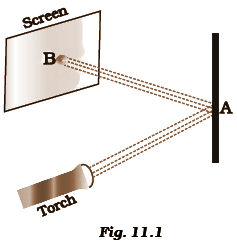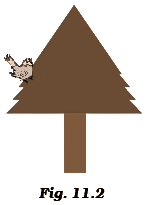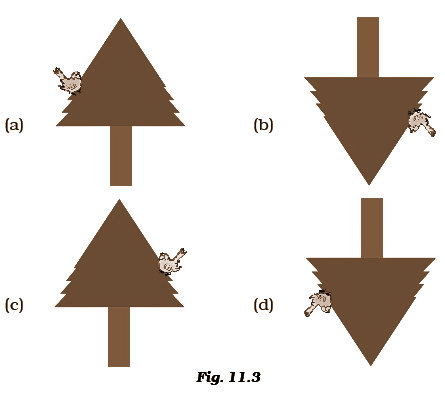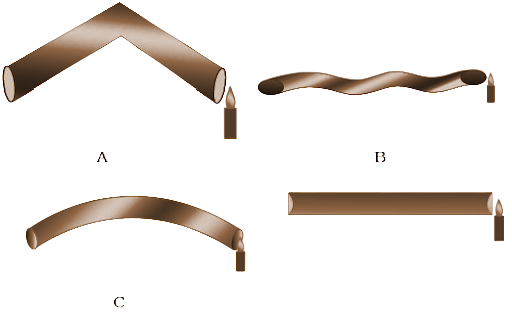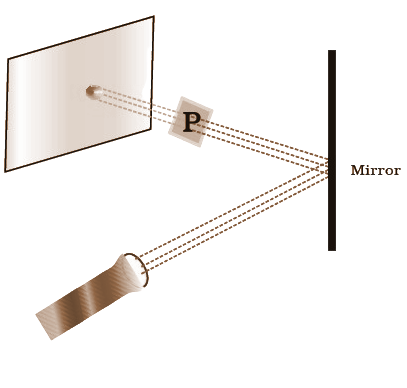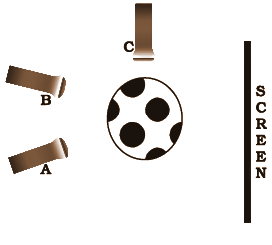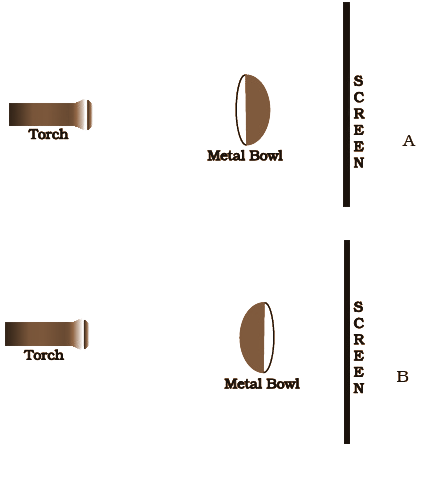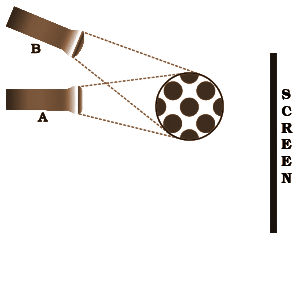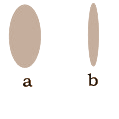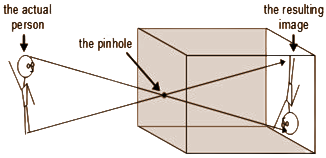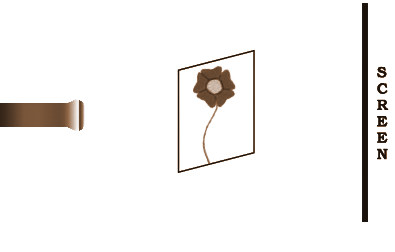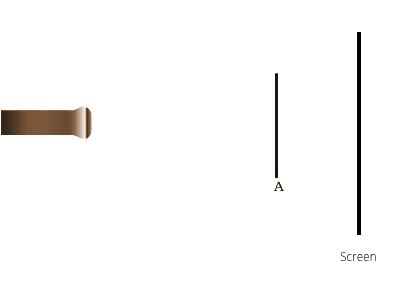Class 6 Science NCERT Exemplar Solutions Chapter 11 Light
FAQs on NCERT Exemplar for Class 6 Science Solutions Chapter 11 Light
1. What is a natural source of Light and what is reflection?
The natural source of light is the sun whose light is essential for the survival of all living beings.
Reflection can be said to be the process where the light rays fall on a surface that is smooth and polished highly (e.g. a mirror) and then the Light returns to the same medium. This is called the reflection of Light.
2. What are the conditions required for the formation of a shadow?
For the formation of shadow, there are mainly two conditions required. First, the material should be opaque i.e. it doesn’t let light pass through it. Second, there should be a source of light and screen. The most important condition for the formation of the shadow is that the object is placed in the path of Light which leads to the shadow formation on the screen.
3. Is there any difference between shadow and image?
Yes, shadow and image are different. Images are formed when reflected rays intersect whereas shadow is formed when Light doesn’t go beyond the object. Image is seen when the reflected rays enter the observer’s eyes but no amount of Light enters the observer’s eyes in shadows. Images can be straight or inverted but shadows are never inverted.
4. What is umbra and penumbra?
In a shadow, there are two parts which are the darkest part called the umbra and the lesser dark part which is called the penumbra. In the umbra, no Light reaches it but in the penumbra, some Light from the source reaches the area. Umbra can be said to be the central part of the shadow and penumbra the outer part of the shadow. Thus, these are some of the differences between umbra and penumbra which can be a very important question for the examinations.
5. Can I get the NCERT solutions for the ‘Light’ chapter Class 6?
Yes, you can get the NCERT solutions for this chapter. The solutions will have explanations that will be extremely helpful for you as they have been prepared by subject experts. They are easy to understand and can help you get good scores in your examinations. You can use them as references for your revision or for understanding the chapter better. Students can download the PDF file by simply logging in or signing up to Vedantu. This will be free of cost.
















